Kerb Weight
N/A


Kerb Weight
N/A

Engine
4494 cc Porsche 912/00 flat-12

Top Speed
199 mph (320 km/h)+

Acceleration
N/A

Horsepower
512 bhp (381 kW)

Transmission
Five-speed manual

Torque
332 Ib/ft (451 Nm)

Production
25

Year
1969-1970
In an attempt to reduce the speeds achieved on the worldwide racing stage, 1968 saw the FIA’s imposition of a 3.0-litre limit for top-end Group 6 prototypes. Group 4 sports cars would remain unchanged, but this caused a distaste at both Ferrari and Ford, who promptly quit the series.
With two of the biggest constructors gone, the beginning of 1968 saw the main fight between Porsche’s 907/8s and the Alfa Romeo Tipo 33. Group 4 entries were also scarce, encouraging the homologation requirements to be reduced to 25 units for the following season.
After weeks of deliberation, Porsche decided to develop a large-engined Group 4 sports car and, ten months later, the 917 was born. Despite being a prototype through and through, the homologation requirement was (after some deliberation) achieved, giving Porsche a large advantage over the ageing competition.
During the secretive development period, weight saving was paramount, resulting in the 917’s chassis (combining elements of the 908 and 908 Bergspyder) being a complex aluminium spaceframe. This was mated to fully independent suspension with Bilstein dampers, ventilated disc brakes and centre-lock wheels shod with bespoke Dunlop tyres.
Powering the 917 was Porsche’s first twelve-cylinder engine, designed by now-legendary Hans Mezger. Dubbed the 912/00, it was an amalgamation of two 2.25-litre flat-six units, displacing 4.5 litres thanks to shared bore, stroke and valve sizes as its 908 sibling. With Bosch mechanical fuel injection and a compression ratio of 10.5:1, over 500 bhp was on tap, driven through a manual gearbox designed for either four or five gears.
Unfortunately, the quick development soon reared its ugly head. The handling was immediately flagged as an issue, with all the works drivers preferring the 908 at its Nürburgring debut. However, Porsche persisted, stating that on the long straights (such as seen at Circuit de La Sarthe), the 917 would shine.
This was partially true but resulted in a Le Mans that Porsche would rather forget. Three 917s were entered for the ‘69 edition with one qualifying in pole position, until another span out and resulted in the tragic death of John Woolfe. The other two cars both retired with mechanical issues.
By this point, Porsche had massively overspent on the 917. To allow focus on just the development, Porsche approached Le Mans stalwart John Wyer, who would run the racing operations on his own coin, in return for a no-cost fleet of 917s. The head of Porsche Motorsport, Ferdinand Piëch, wanted to continue racing, so some quasi-works entries appeared thereafter under the ‘Porsche Konstruktionen K.G.’ moniker.
The parallel development of the 917 P/A for Can-Am showed Porsche that a short-tailed variant handled significantly better, so thus began development for 1970…
Empty List
Empty List
LIKES
SPOTTED
DREAM GARAGE
Empty List
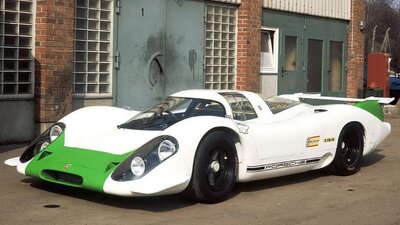
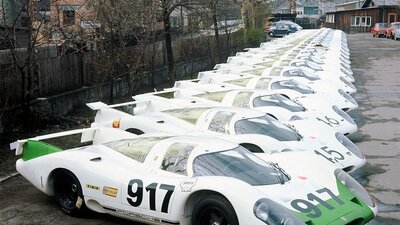
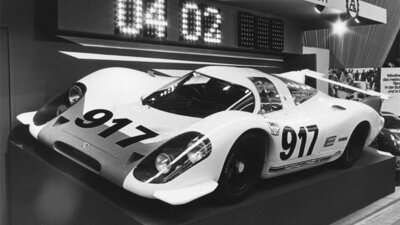
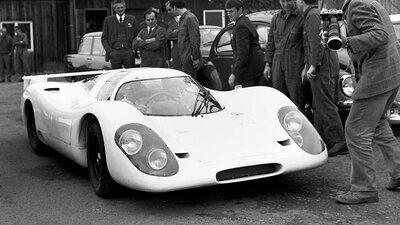
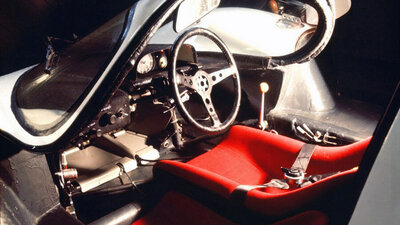
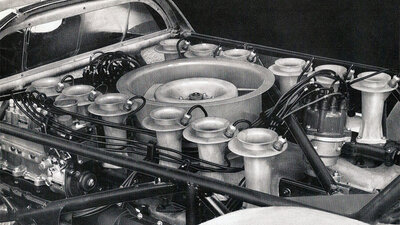


By clicking “Accept All Cookies”, you consent to the storage of cookies on your device to improve website navigation, analyze website usage and assist in our marketing efforts.